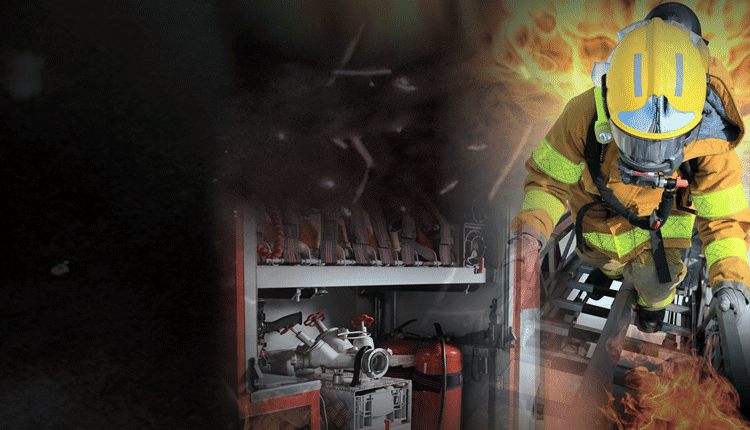Fire protection systems play a crucial role in safeguarding lives and property from the devastating effects of fire. As urbanization and industrialization continue to rise in India, the demand for efficient and advanced fire protection systems has grown significantly. This article delves into the current scenario of fire protection system manufacturing in India, highlighting the innovations, challenges, and potential future trends in the industry.
Innovations in Fire Protection System Manufacturing
Advanced Detection Technology:
Modern fire protection systems in India are increasingly incorporating advanced detection technologies such as smoke, heat, and flame detectors. These technologies enhance the system’s ability to detect fires at an early stage, enabling faster response times and reducing potential damage.
Integrated and IoT-enabled Systems:
The integration of fire protection systems with Internet of Things (IoT) technology allows for real-time monitoring and remote management of these systems. This innovation improves the overall efficiency and effectiveness of fire protection, enabling prompt response and maintenance.
Waterless Fire Suppression:
In areas where traditional water-based firefighting methods are not suitable, waterless fire suppression systems, such as gas-based or aerosol-based systems, are gaining traction. These systems can effectively control fires without causing water damage to sensitive equipment and materials.
Eco-Friendly Solutions:
The industry is witnessing a shift towards environmentally friendly fire protection solutions. Manufacturers are developing systems that use less harmful chemicals and materials, minimizing the impact on the environment while ensuring effective fire suppression.
Challenges Faced by the Industry
Regulatory Compliance:
The fire protection industry in India is subject to various regulations and standards that manufacturers must adhere to. Keeping up with evolving regulations and ensuring compliance can be challenging, especially as standards may vary across different states and regions.
Skilled Workforce Shortage:
Manufacturing and maintaining advanced fire protection systems require a skilled workforce with expertise in areas such as engineering, electronics, and software. A shortage of such skilled professionals can impact the industry’s growth and innovation potential.
Price Sensitivity:
Cost is a significant factor in the adoption of fire protection systems, particularly in price-sensitive markets. Balancing affordability with advanced technology can be a challenge for manufacturers, as cheaper alternatives might compromise system effectiveness.
Awareness and Education:
Raising awareness about the importance of fire protection systems and their benefits remains a challenge. Educating businesses, homeowners, and local authorities about the need for proper fire safety measures is essential to drive the demand for advanced fire protection solutions.
Future Trends
Data-Driven Insights:
The integration of data analytics and artificial intelligence will enable fire protection systems to gather and analyze data for predictive maintenance, improving system reliability and performance.
Modular and Scalable Systems:
Manufacturers are likely to develop modular systems that can be easily expanded or adapted to changing environments, reducing the need for complete system overhauls.
Increased Automation:
Automation in fire protection systems will lead to quicker response times and more efficient firefighting strategies, minimizing human intervention in high-risk situations.
Renewable Energy Integration:
The use of renewable energy sources, such as solar power, for fire protection system components will contribute to sustainable and resilient solutions.
Conclusion
The fire protection system manufacturing industry in India is experiencing a shift towards advanced technologies, sustainability, and integrated solutions. While challenges persist, innovative approaches and a focus on compliance, skilled workforce development, and public awareness will drive the industry forward. As India continues to urbanize and industrialize, the demand for effective fire protection systems will remain paramount, necessitating ongoing innovation and collaboration within the sector.

